The end of the pandemic pause on student loan payments in October revealed a striking trend: approximately 40% of borrowers with bills due didn’t make their payments.
This figure might not capture the entire scenario, as it likely excludes those affected by servicer errors. The pause, initially a relief measure, has highlighted ongoing financial challenges for many borrowers.
Financial Hardship at the Core of Non-Payment
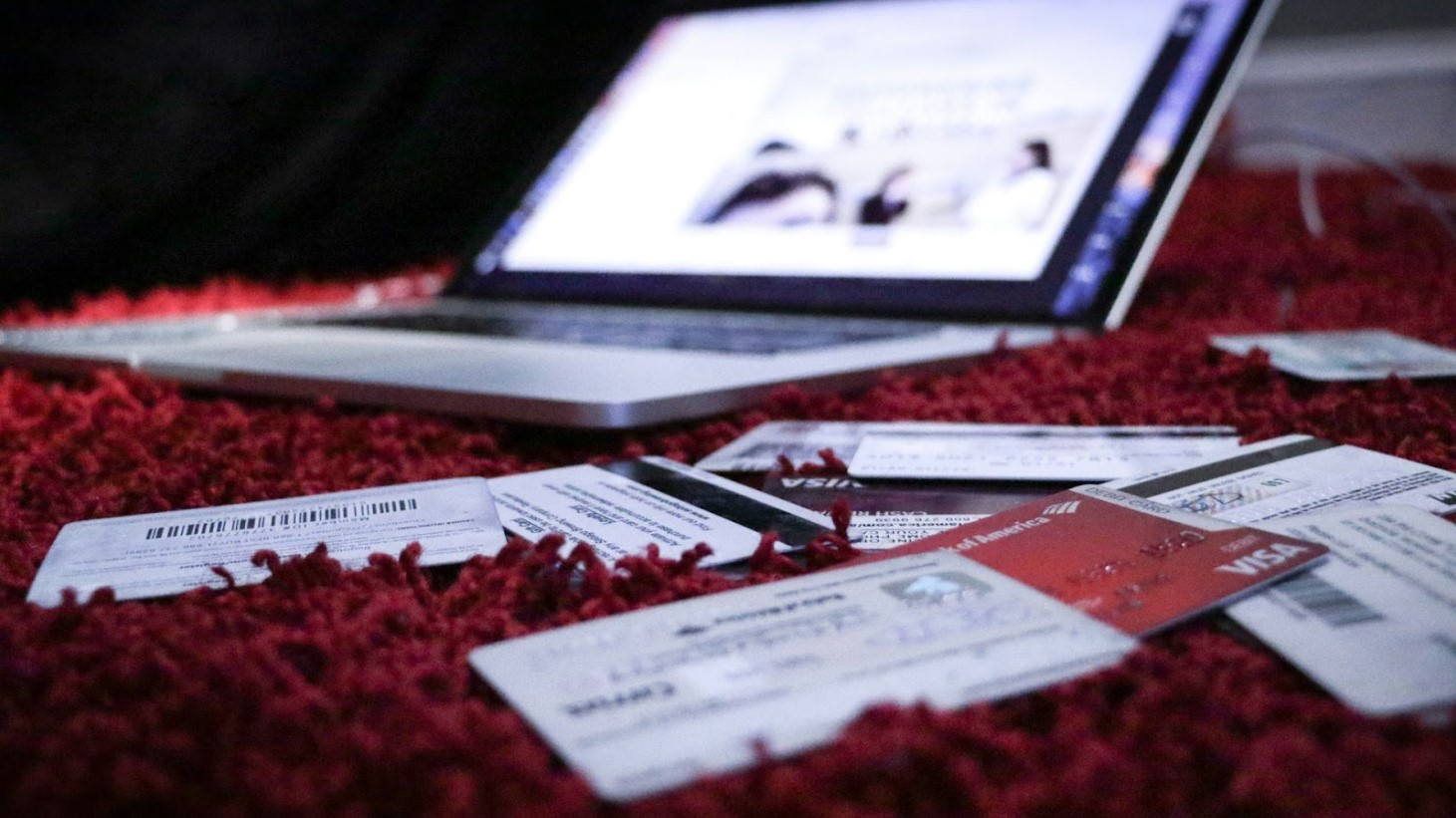
The Federal Reserve Bank of Philadelphia sheds light on why borrowers are struggling.
They revealed that more than half of borrowers who didn’t make a payment in October, including some who were on plans allowing them to make payments as a percentage of their income, said it was because they couldn’t afford it.
A Mix of Service Errors and Intentional Non-Payment

MarketWatch reports that a substantial number of borrowers, about a quarter, missed their October payment due to servicing errors.
Furthermore, 21% chose not to make a payment even though they could afford to do so, per data from The Federal Reserve Bank of Philadelphia.
Richelle Brooks’ Strategic Approach to Loan Payments
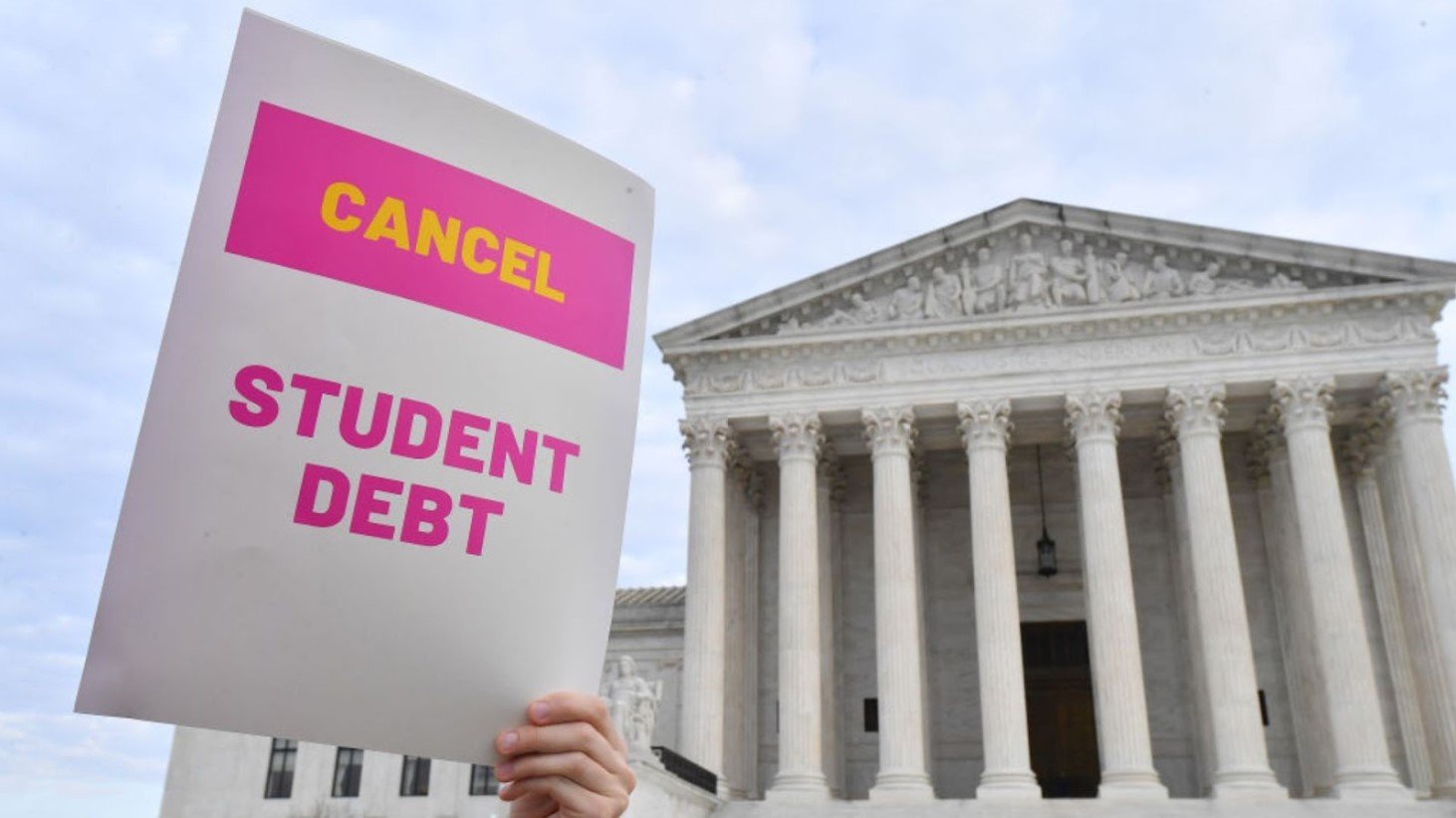
Richelle Brooks, a 36-year-old from Los Angeles, is part of a growing number of people who have decided not to pay their student loans.
She told MarketWatch, “It became, okay, if I stay in school, I can pay my bills and I don’t have to worry about paying my student loans back.”
The Debt Collective’s Influence
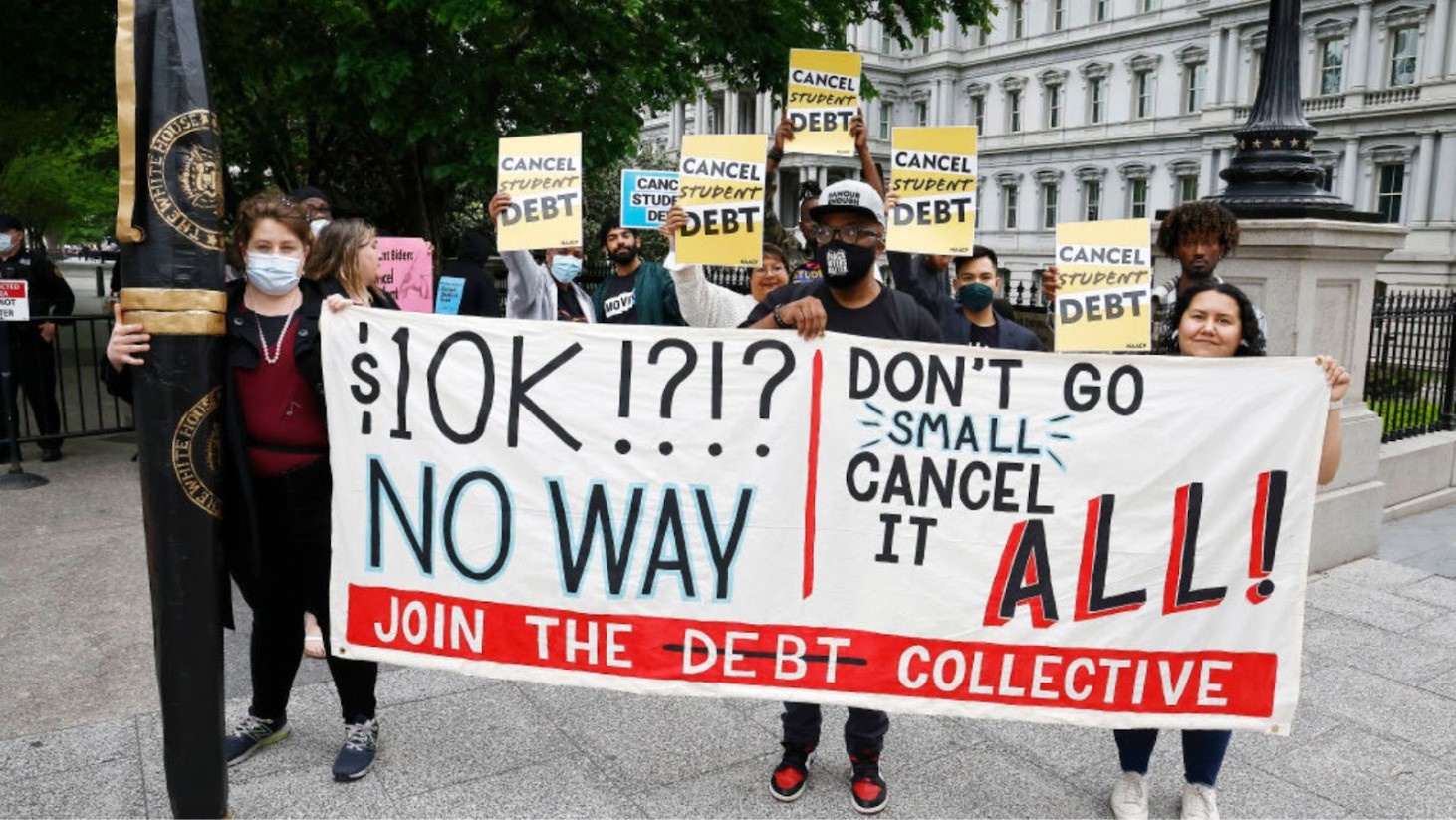
The Debt Collective, an activist group, has made significant strides in advocating for systemic change.
Their actions, such as the 2015 debt strike, have led to policy reforms and helped shape the national conversation around student debt, MarketWatch reports.
Navigating the Post-Pause Environment

In the current climate, borrowers like Richelle Brooks are utilizing a 12-month grace period after the resumption of student loan payments. This period provides temporary relief from severe consequences.
Brooks, who faces about $260,000 in student debt, told MarketWatch, “I’m figuring out a way to not pay these student loans. Now I’m going to politicize that. I’m going to talk about it.”
Challenges with Repayment Plans
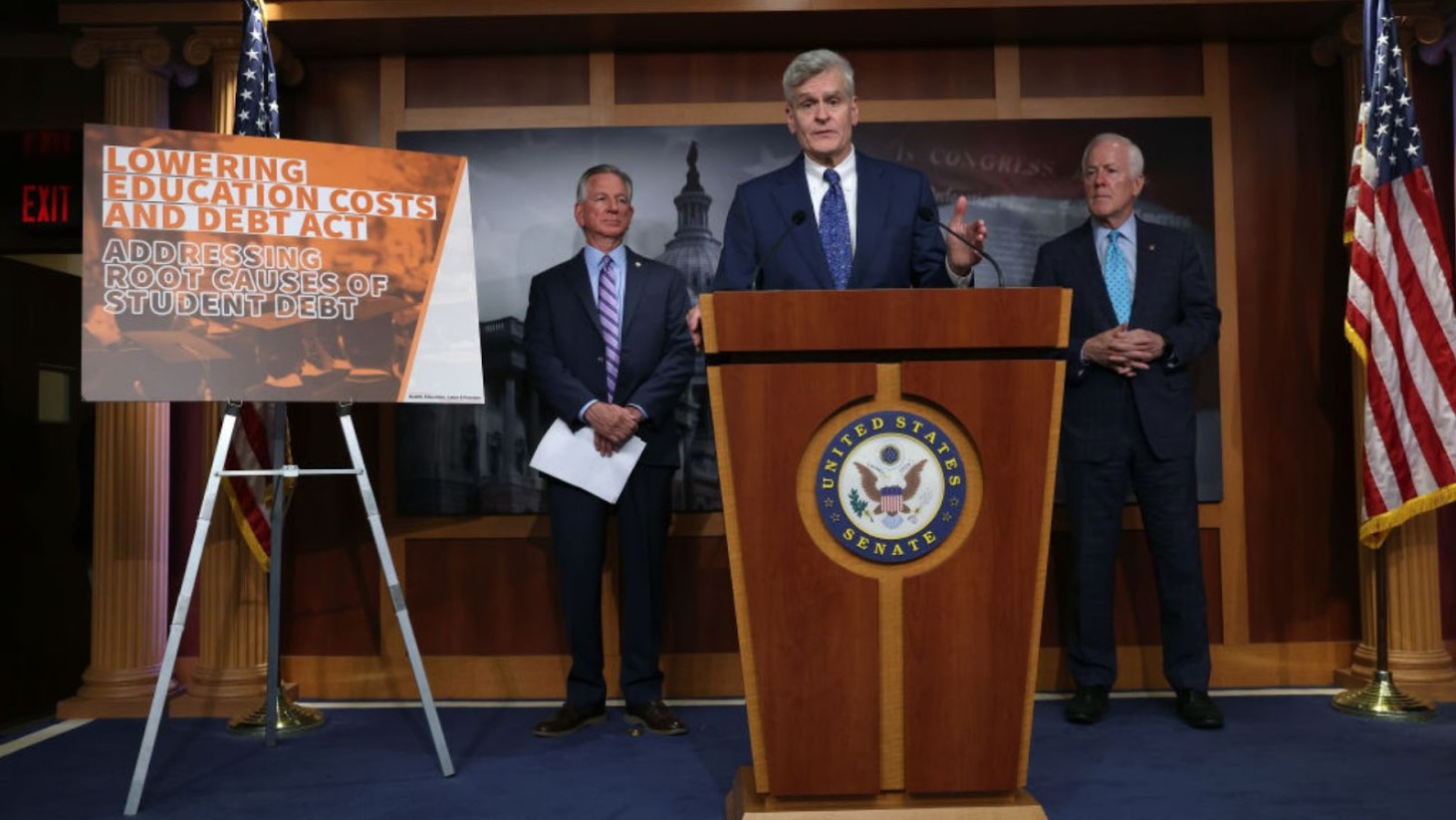
MarketWatch reports on the story of Michelle Rose, a resident of Toledo, Ohio, who faced challenges in enrolling in the new SAVE repayment program for her student loans.
Despite being eligible, she encountered rejections and delays, highlighting the inefficiencies and complexities in the loan servicing system.
Debt Influencing Life Decisions

Rose’s experience with student loan debt has significantly influenced her life decisions.
She returned to school at 31 and later found a job in IT, but the looming debt affected major life choices, including living arrangements and family planning, per information from MarketWatch.
The Complex Path to Debt Relief
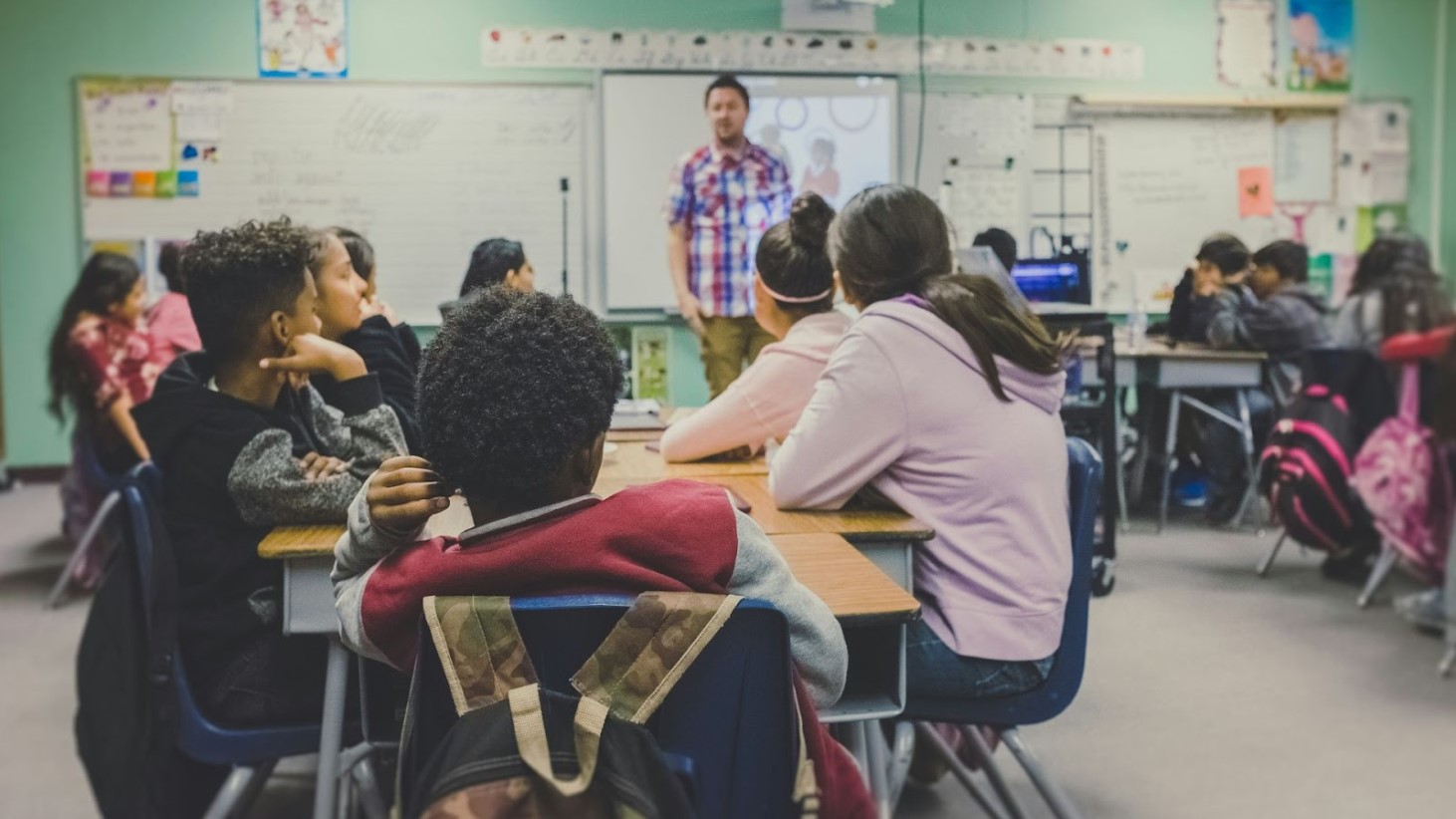
Elli England and Michael Baugh, based in Anaheim, California, are navigating a complex system for student loan relief.
England shared with MarketWatch, “Obviously we got a reprieve during the pandemic and so didn’t really think about it. At that time we were dealing with my husband’s health,” she said. “We assumed that he’s not able to work — we can get it forgiven. Didn’t work. He’s worked in special education for many years —we can get it forgiven as has been promised many times. Didn’t work.”
Bureaucratic Barriers in Loan Forgiveness
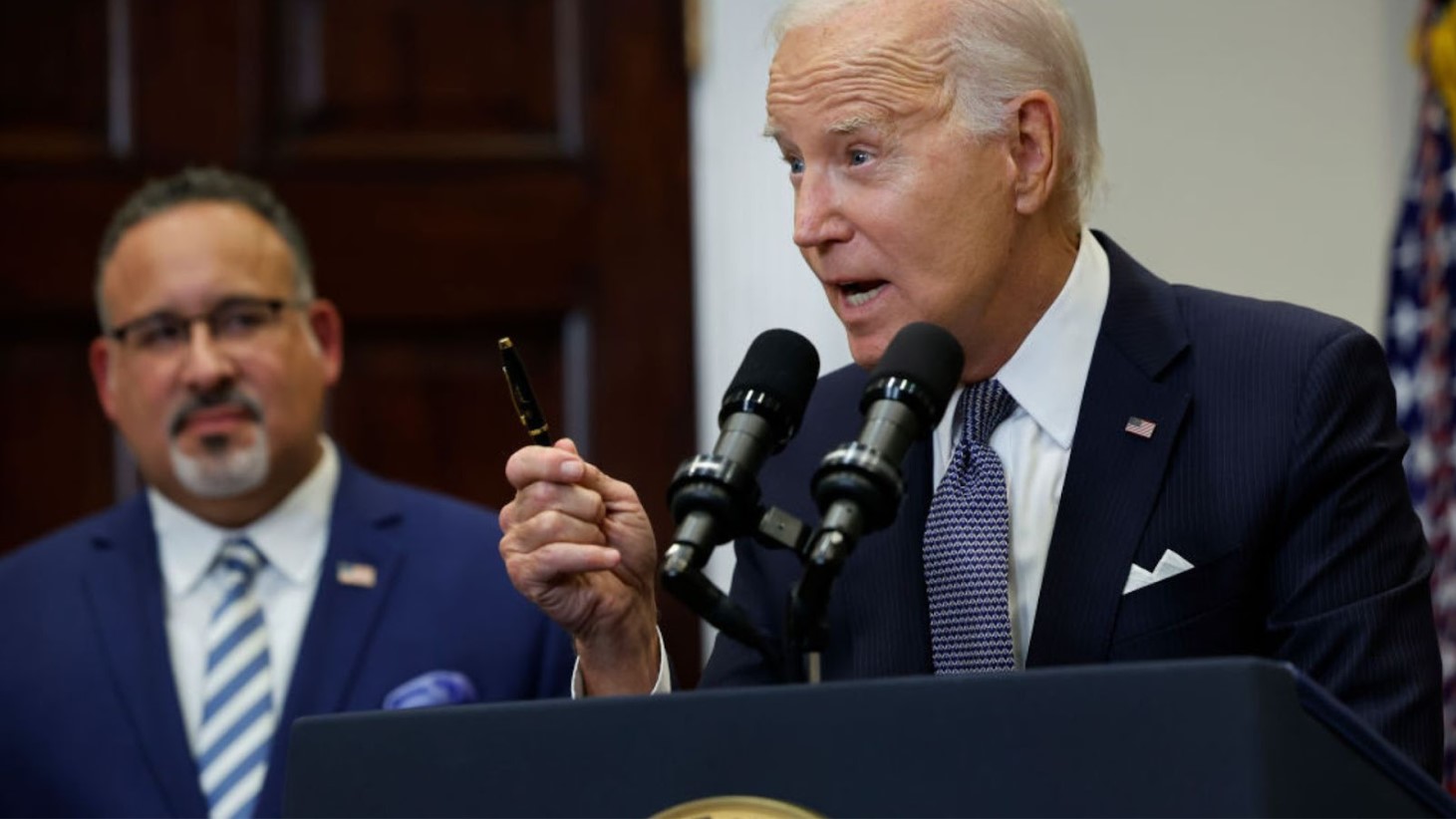
England and Baugh’s struggle to obtain loan forgiveness highlights systemic challenges. Despite meeting criteria for the Public Service Loan Forgiveness program and disability discharge, their path has been difficult.
England said to MarketWatch, “The whole process has been so frustrating, made worse by the fact that you cannot get a straight answer out of everybody.”
Boycotting Payments to Spur Policy Change
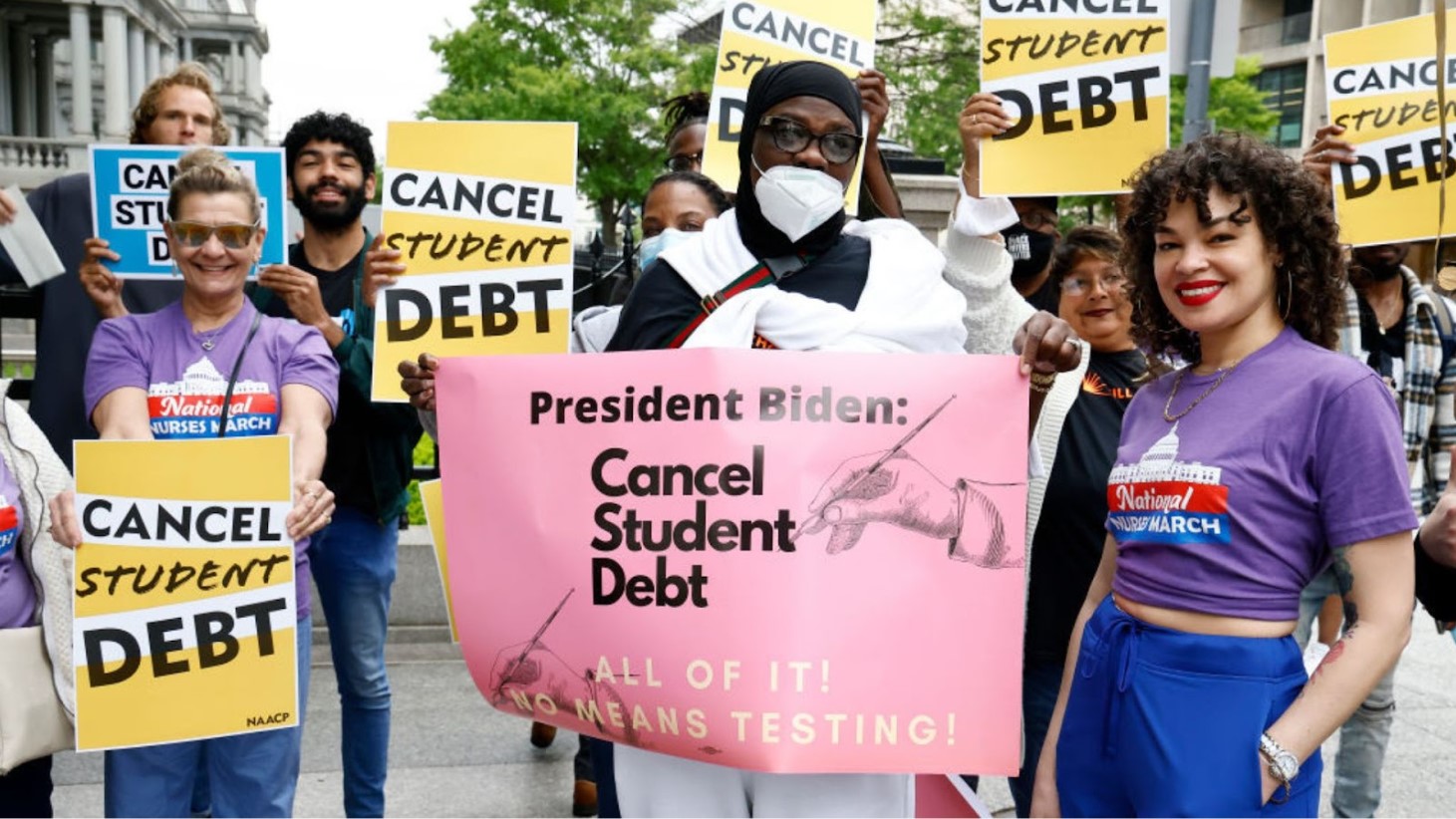
Some borrowers are skipping payments to pressure the administration for more loan forgiveness. This tactic is a response to dissatisfaction with current debt relief measures.
However, Jake Hill, founder and CEO of DebtHammer, told The Washington Times, “Although the frustration behind the student loan boycott is understandable, it’s unlikely to lead to positive change. Instead, it will destroy credit scores of those who choose to participate.”
The Continuing Debate Over Student Loan Forgiveness
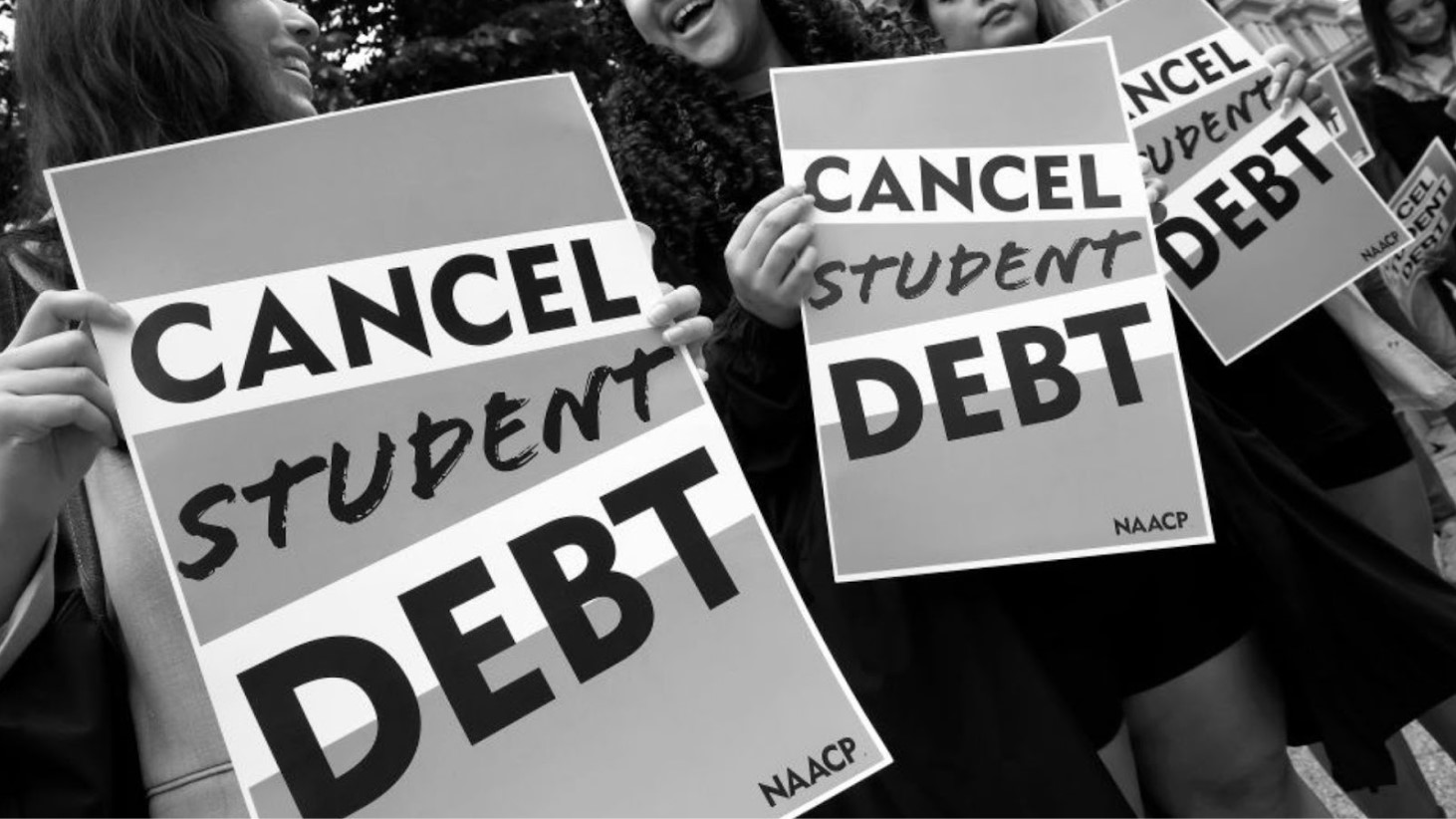
The student loan crisis remains a hot topic, with over 43 million borrowers owing $1.63 trillion. Efforts towards debt cancellation have been made, but the struggle continues.
Elaine Parker, president of the conservative advocacy group Job Creators Network Foundation and critic of the boycott said to The Washington Times, “Rather than demanding that taxpayers forgive their loans, students should protest their colleges for saddling them with these debts in the first place.”
